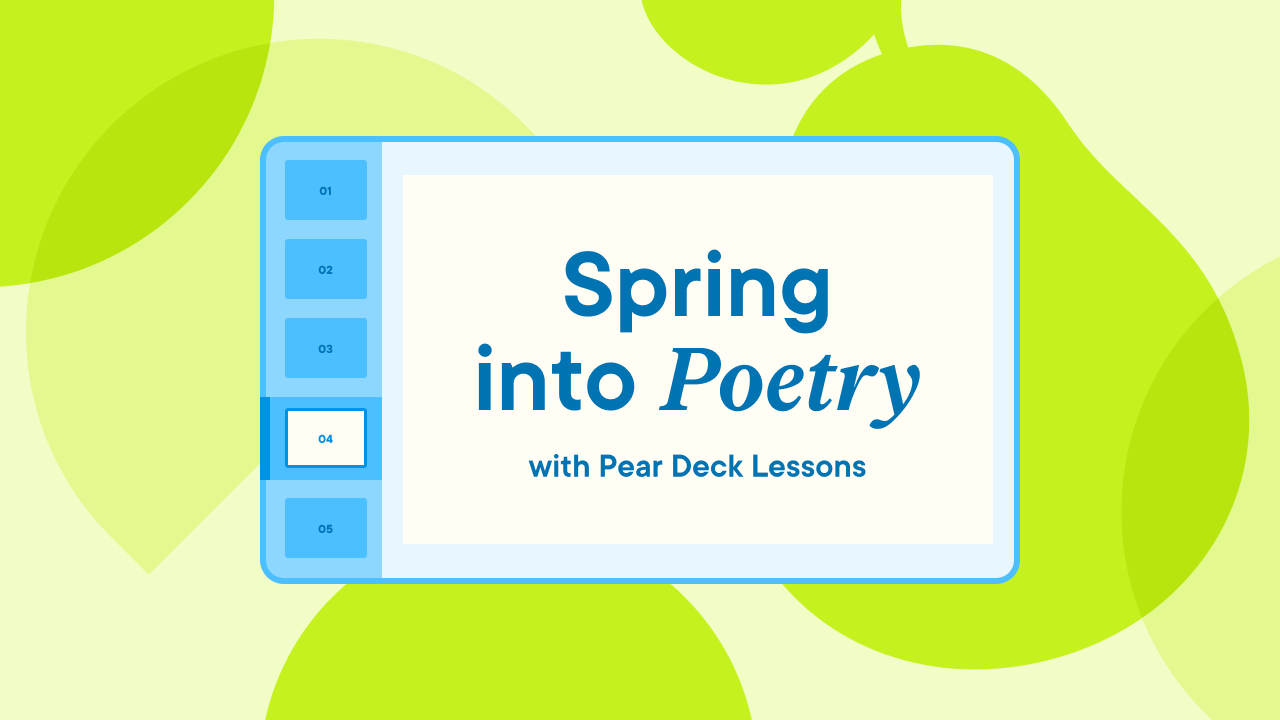Learning Through Play: Finding the Sweet Spot Between Practice and Fun

In this feature, "Learning Through Play: Finding the sweet spot between practice and play", we are proud to introduce, "Pear Practice" (formerly Giant Steps)!
Even before classroom technology was as prevalent as it is today, teachers gamified their classrooms every day with table points, marble jars, and collaborative learning. The engagement capabilities are undeniable. With technology, we have an opportunity to take the best of existing gamified practices and apply them in a medium that resonates with modern students — increasing engagement further and accelerating learning.
As technology in the classroom has proliferated, we have had an opportunity to draw upon gamification techniques and integrate them into digital learning experiences to further motivate students and improve learning outcomes. As a result, we’ve seen an influx of gamified learning platforms emerge. These gamified solutions are intended to engage students in an energizing academic experience, and some are even designed to support personalized learning. However, not all learning games are created equal.
This is where Pear Practice, part of Pear Deck's family of products, comes into play. A shining example of a gamified learning platform that sets a new standard for engaging students in an immersive educational journey, Giant Steps offers a collaborative game experience for classrooms and personalized learning tracks for solo practice, giving every student a chance to succeed.
Not just a 'video game'
Historically, many “learning games" on the market have been games that are, at their core, video games. They integrate learning by requiring the user to answer a math question here or there in order to be able to continue playing. While this may be a draw to parents and teachers given children’s love of games and the possibility of them learning something, this isn’t gamified learning. The juxtaposition divides the “game” experience from the “learning,” positioning the game experience as a reward for toiling through academic questions.
As a result, these kind of games can actually encourage the wrong kind of engagement: students rushing through the learning portion to get back to the video game, especially when, as is often the case, the learning portion of the game isn’t designed with the same attention to detail.
Furthermore, if games are set up solely like a video game, it is far less likely that students will take the learning experience seriously. They’ll speed through, and the resulting data won’t provide meaningful insight about student learning progress. In contrast, effective gamified experiences engage students in the learning process enabling the collection of meaningful data about a student’s progress. The opportunity to collect real-time, actionable data about student progress offers an array of applications for accelerating student learning outcomes.
Not just a problem set
While we know a game with learning tossed in haphazardly is not the solution, it’s also important to note that neither is “gamified” learning that looks primarily like a series of academic problem sets on a computer screen where students can earn points for right answers. At this end of the spectrum, it’s common to see highly rigorous academic content loosely interspersed with a game mechanic or two that feels more like an afterthought. As one might imagine, students don’t find these “games'' particularly engaging.
In order to build highly engaging and effective gamified learning solutions, we need to thoughtfully design the components that we know make students love video games: the rewards, spontaneity, ability to represent their identity, team collaboration, music, and animations. These details are not just sprinkles on top - these are the essential components of creating an immersive experience. It is the rigorous application of learning science, gamification mechanics, and creative design that contribute to a gamified learning experience that not only helps students master material in the classroom, but encourages them to log in and continue learning independently when they go home.
The sweet spot
True gamified experiences meaningfully utilize a collection of gamification mechanics and integrate learning science research in order to deliver a learning experience that is both compelling and effective. They are designed with efficacy at the core and utilize gamification tactics to foster motivation and increase engagement. These games start with foundational principles that center student learning, growth-mindset, and a positive classroom community, and then they reinforce these principles in every design decision. There are many games at either end of the spectrum, but finding a gamified learning solution that blends the best of academic rigor and engaging gamification tactics can be challenging.
Gamified tactics have indeed come a long way since the days of marble jars and prize boxes. The power of gamification continues to hold immense potential, and in today's tech-savvy era, we have a unique opportunity to harness these strategies to their fullest extent. By combining the best of gamification principles with cutting-edge learning research, we can propel student engagement and enhance academic performance. Pear Practice is taking a giant leap towards a brighter future of gamified learning.



